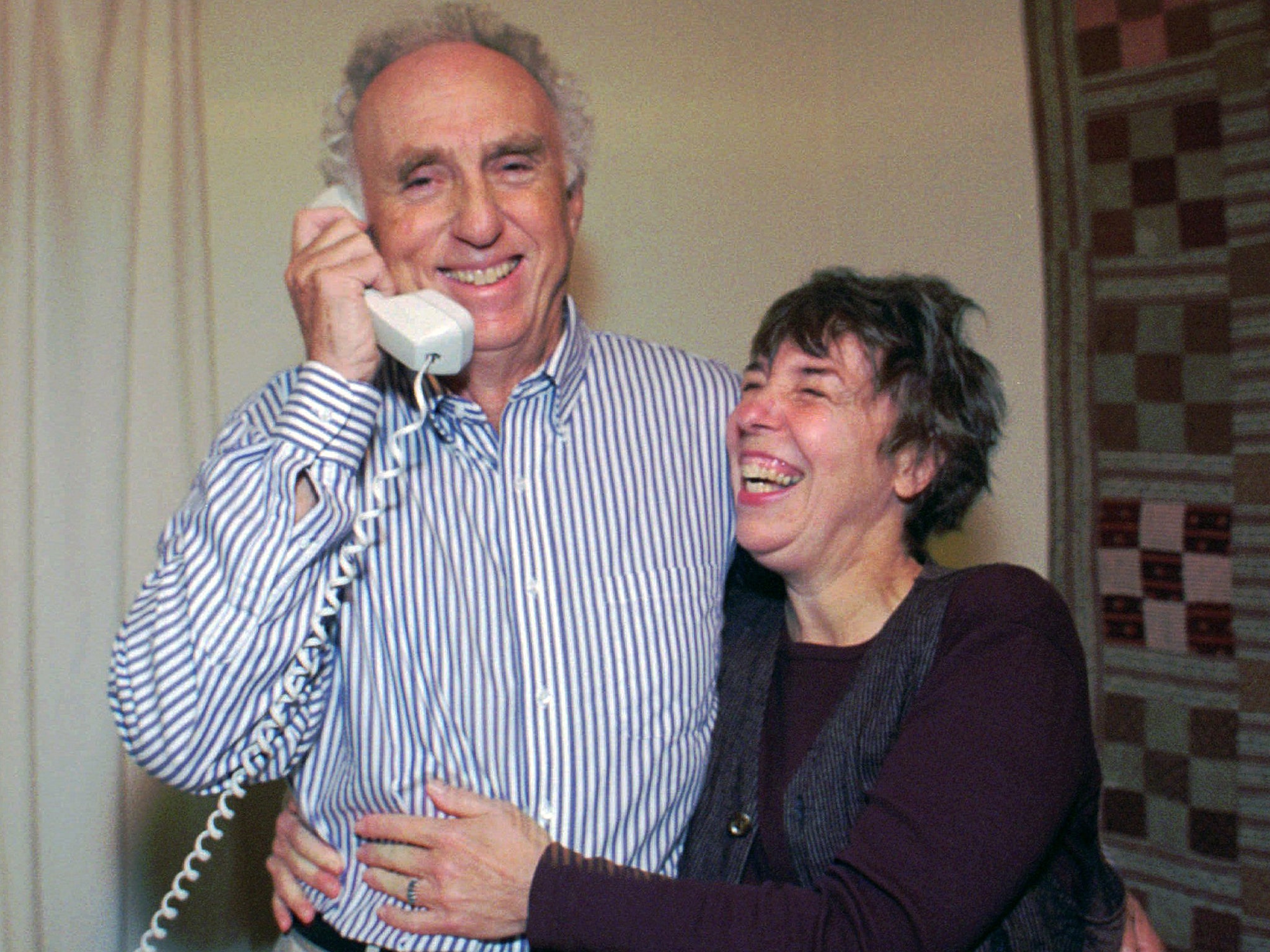Professor Martin Perl: Physicist who shared the Nobel Prize for discovering the tau lepton, a basic building block of matter

Martin Perl was a physicist who was credited with unveiling the tau lepton, a previously unknown subatomic building block of matter, a discovery which broadened the field of physics and for which he shared the Nobel Prize. He seemed to embody the image of the undaunted scientist who pursues a question even when the answer appears unreachable, and despite the sceptics who might doubt that it exists at all.
He spent decades as a research professor at Stanford University, where, in the 1960s, he and colleagues at the Stanford Linear Accelerator Centre began the work that would be honoured with the 1995 Nobel Prize in physics. At the time the prevailing belief among scientists was that the physical world included two types of particles known as leptons – electrons and muons – and the associated members of their families. Perl sensed that there had to be at least one more group.
“Why are there just these two particles?” he asked himself. “Why does nature just have these two things?” With his colleagues, Perl identified the tau lepton. More than 3,000 times heavier than an electron, and highly unstable, it exists for less than a trillionth of a second before breaking into smaller elements. To document its existence Perl studied its residue.
The findings, made between 1974 and 1977, were initially doubted by physicists who could not independently detect the particle. “People didn’t believe for three more years,” Perl recalled. “Those were the three most difficult years of my life. Others couldn’t find it, so I thought I must be doing something wrong. It was a wrenching experience. I kept going over the data, looking for a bias.”
His data later helped lead to the completion of the Standard Model, which is used by physicists to explain the structure of matter. He shared the Nobel Prize with Frederick Reines, a physicist from the University of California at Irvine who was honoured for his discovery of the neutrino, another infinitesimally small component of matter. Together, the Royal Swedish Academy of Sciences declared, the scientists had “discovered two of nature’s most remarkable subatomic particles.”
Perl, the son of Jewish immigrants from Eastern Europe, was born in 1927, in Brooklyn. His mother, Fay, was a secretary and book-keeper, while his father, Oscar, after working as a clerk and salesman, opened a printing business that allowed the family a degree of financial security during the Depression. His sister, the late Lila Perl, became a noted children’s author.
After serving in the Merchant Marine and the Army during and after the Second World War, Perl received a bachelor’s degree in chemical engineering in 1948 from what is now the NYU Polytechnic School of Engineering. He began his career working for General Electric on matters including television picture tubes, a field that required additional studies at Union College in Schenectady, New York. There, he wrote in his Nobel biographical sketch, a professor told him, “Martin, what you are interested in is called physics not chemistry!”
In 1955 he received a doctorate in physics from Columbia University, where his mentors included II Rabi, the Nobel Prize-wining physicist. Before joining Stanford, Perl taught and carried out research at the University of Michigan. He shared the 1982 Wolf Prize in physics, a $100,000 honour that is bestowed by the Wolf Foundation in Israel. He joined scientists who at times weighed in on public affairs, supporting an atomic test ban in 1999 and opposing the US-led invasion of Iraq in 2003. In 2011 he took up a visiting professorship at Liverpool University in order to work on an experiment to detect dark energy, which is thought to be involved in the universe’s expansion.
As a mentor to younger scientists, Perl encouraged them to think in unconventional ways. “There are books on how to find the Higgs particle,” he said in 1992, two decades before scientists made the sensational announcement that they had discovered the Higgs Boson, or something very much like it. “The thing to do if you are young is not look for the Higgs particle... I would try to look for things other people consider to be trash.”
Martin Lewis Perl, physicist: born Brooklyn 24 June 1927; married Teri Hich (marriage dissolved; one daughter, three sons); died Palo Alto, California 30 September 2014.
© The Washington Post
Join our commenting forum
Join thought-provoking conversations, follow other Independent readers and see their replies
Comments